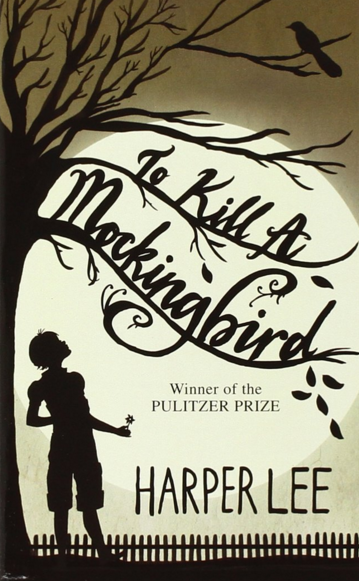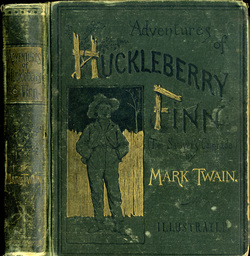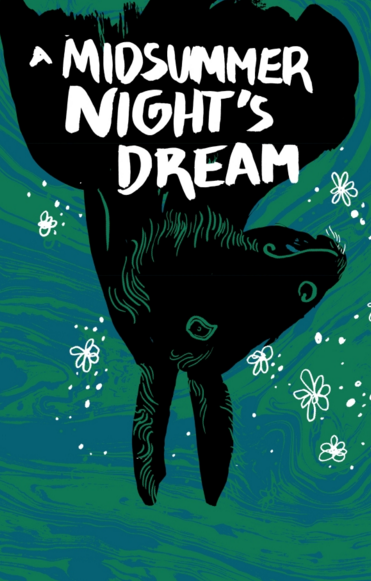|
Reading (Ages 13-14)
|
|
MONTH 1
AIMS: Read critically TARGET: Knowing the purpose, audience for and context of the writing and drawing on this knowledge to support comprehension. RESOURCES: Text: To Kill a Mockingbird (FRONTLOAD): Click on the link below to answer the questions. (TASK): Answer the questions on the study guide: Questions |
MONTH 2
Read as many of the articles that you wish.
Answer these questions:
http://news.nationalgeographic.com/
https://openlibrary.org/
Free Online Books
Read as many of the articles that you wish.
Answer these questions:
- Who do you think these articles were written for? (audience)
- What is happening in the world that is reflected in the articles? (context)
- Why do you think they were written? (purpose)
http://news.nationalgeographic.com/
https://openlibrary.org/
Free Online Books
MONTH 3
AIM: analyzing and recognizing elements of text
TARGET: Reading a wide range of fiction and non-fiction, including in particular whole books, short stories
Watch this video
Read at least 3 short stories from this website
Analyze the short stories by commenting on each of the elements from the video within the stories you read when applicable.
AIM: analyzing and recognizing elements of text
TARGET: Reading a wide range of fiction and non-fiction, including in particular whole books, short stories
Watch this video
Read at least 3 short stories from this website
Analyze the short stories by commenting on each of the elements from the video within the stories you read when applicable.
MONTH 4
Free Choice Experiences.
https://openlibrary.org/
Free Online Books
Read any two books from the website.
Read one novel that you have read before again.
Write down anything new you have noticed or appreciated from reading it a second time.
Free Choice Experiences.
https://openlibrary.org/
Free Online Books
Read any two books from the website.
Read one novel that you have read before again.
Write down anything new you have noticed or appreciated from reading it a second time.
MONTH 5
Create a venn diagram to compare two books you have read.
Create a venn diagram to compare two books you have read.
|
MONTH 6
AIMS: 1. Develop an appreciation and love of reading, and read increasingly challenging material independently. 2. Understand increasingly challenging texts. TARGET: *1. Reading a wide range of fiction and non-fiction. *2. Checking their understanding to make sure that what they have read makes sense. RESOURCES: Huckleberry Finn (FRONTLOAD): Click on the link of the book you chose to read to open it. (TASK): After reading the book, choose 3 of these questions to write down a response to. |
MONTH 7
AIMS: Read critically
TARGET: Studying setting, plot, and characterization, and the effects of these.
RESOURCES: Huckleberry Finn
1. Describe the setting of the book.
2. Create a mind map to show the plot of the book, Use the following video if you don’t know what a mind map is. Video
3. Compare and contrast 2 main characters using a Venn Diagram.
4. Watch the video of Huckleberry Finn
Write notes about the elements of the plot as you watch.
Compare the plot of the book with the plot of the video using a Venn Diagram.
AIMS: Read critically
TARGET: Studying setting, plot, and characterization, and the effects of these.
RESOURCES: Huckleberry Finn
1. Describe the setting of the book.
2. Create a mind map to show the plot of the book, Use the following video if you don’t know what a mind map is. Video
3. Compare and contrast 2 main characters using a Venn Diagram.
4. Watch the video of Huckleberry Finn
Write notes about the elements of the plot as you watch.
Compare the plot of the book with the plot of the video using a Venn Diagram.
|
MONTH 8
AIMS: Understand increasingly challenging texts; Shakespeare. TARGET: Making Inferences and referring to evidence in the text. RESOURCES: Text: A Midsummer Night’s Dream (FRONTLOAD): Click on the link below to answer the questions. (TASK): Answer 5 of the 7 questions on the Study Guide |
MONTH 9
AIMS: Understand increasingly challenging texts.
TARGET:
Reading a wide range of fiction and non-fiction, including in particular whole books, short stories, poems and plays with a wide coverage of genres, historical periods, forms and authors. The range will include high-quality works.
Making Inferences and referring to evidence in the text.
RESOURCES:
Text: A Midsummer Night’s Dream
(FRONTLOAD): Open the novel.
(TASK): Read the novel and after every act create an Inferring chart. Use the examples below as references.
Inferring examples: example 1 example 2 example 3
AIMS: Understand increasingly challenging texts.
TARGET:
Reading a wide range of fiction and non-fiction, including in particular whole books, short stories, poems and plays with a wide coverage of genres, historical periods, forms and authors. The range will include high-quality works.
Making Inferences and referring to evidence in the text.
RESOURCES:
Text: A Midsummer Night’s Dream
(FRONTLOAD): Open the novel.
(TASK): Read the novel and after every act create an Inferring chart. Use the examples below as references.
Inferring examples: example 1 example 2 example 3
MONTH 10
AIMS: Read critically
TARGET:
Understanding how the work of dramatists is communicated effectively through performance and how alternative staging allows for different interpretations of a play.
RESOURCES:
Video: A midsummer's night dream
(FRONTLOAD): Open the video and watch the play.
(TASK): After watching the play and having read the book.
1. Compare and contrast both of them using a Venn Diagram.
2. Questions
AIMS: Read critically
TARGET:
Understanding how the work of dramatists is communicated effectively through performance and how alternative staging allows for different interpretations of a play.
RESOURCES:
Video: A midsummer's night dream
(FRONTLOAD): Open the video and watch the play.
(TASK): After watching the play and having read the book.
1. Compare and contrast both of them using a Venn Diagram.
2. Questions
- What new perspectives did you gain after watching the play?
- How did watching the play help you understand the story more in depth?
Month 11- 12
Aim: to read and appreciate poetry
Target: Recognising a range of poetic conventions and understanding how these have been used.
RESOURCES:
Watch the video on poetic conventions
Write down notes on each element of poetry.
Read poems from this website
Choose 3 poems from the list to analyze. Identify the elements of poetry used in each of the poems.
Read the poems from this website
As you read, record unknown vocabulary words.
Use this online dictionary to find out the meaning of the words.
Aim: to read and appreciate poetry
Target: Recognising a range of poetic conventions and understanding how these have been used.
RESOURCES:
Watch the video on poetic conventions
Write down notes on each element of poetry.
Read poems from this website
Choose 3 poems from the list to analyze. Identify the elements of poetry used in each of the poems.
Read the poems from this website
As you read, record unknown vocabulary words.
Use this online dictionary to find out the meaning of the words.



